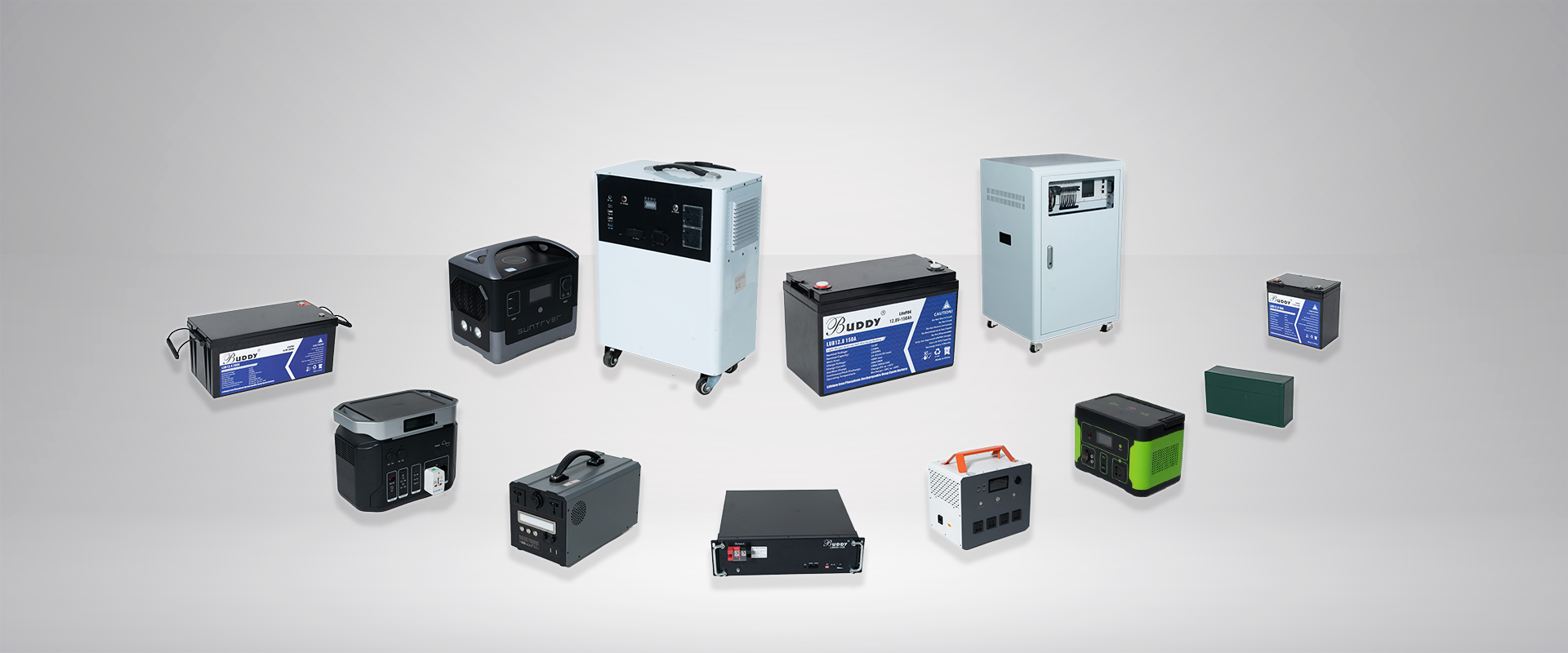as one of the earliest chemical power supply, lead-acid battery has the pivotal status in the field of energy. This article details the principles, classifications, applications, and environmental challenges of lead-acid batteries, giving you an insight into all aspects of this classic power source.

1、principle
lead-acid battery is a kind of to lead And sulfuric acid as the main raw material of chemical power supply, it converts chemical energy into electricity. The battery consists of a positive electrode (lead dioxide), a negative electrode (pure lead) and an electrolyte (sulfuric acid solution). During the discharge process, the positive lead dioxide and the negative pure lead undergo a chemical reaction through sulfuric acid in the electrolyte to produce lead sulfate and water, releasing electrical energy. During the charging process, an electric current passes through the battery, reducing lead sulfate and water to lead dioxide and pure lead, returning the battery to a state of stored energy.
2、 classification
according to different structure and purpose, the lead-acid battery can be divided into the following categories:
start type lead-acid battery: Mainly used in cars, motorcycles and other starting power supply, with high current output capacity.
Fixed lead-acid batteries: used in places such as UPS, telecommunications, and power stations as backup power supplies or energy storage devices.
Traction lead-acid battery: used in electric forklifts, electric tour buses and other electric vehicles, with large battery capacity and long driving range.
Valve-controlled lead-acid battery: The use of valve control technology, can effectively control the battery internal gas generation and water loss, extend the battery life.
3、 application
lead-acid batteries due to its stable performance and low cost, is widely used in many fields:
transportation: lead-acid battery is the main starting of automobiles, motorcycles and other internal combustion engine vehicle power supply.
Power system: Fixed lead-acid batteries are used as backup power supplies in telecommunications, power stations, UPS and other fields to ensure the stability of power supply.
Solar and wind power generation: Lead-acid batteries play an important role in the field of energy storage and can be used to store electricity generated by renewable energy sources.
: electric tools and toys lead-acid batteries for many electric power tools and toys.
4、environmental protection
while lead-acid battery plays an important role in the energy field, but its production and recycling process of environmental pollution problems should not be ignored:
Heavy metal pollution: Lead-acid batteries contain harmful substances such as lead and sulfuric acid, if not properly handled, will cause serious pollution to soil and water.
Waste battery recycling: With the increase in the number of lead-acid batteries scrapped, how to efficiently and environmentally friendly recycling and disposal of waste batteries has become a major challenge.
Battery performance improvement: To reduce the environmental impact of lead-acid batteries, researchers are working to improve battery energy density, reduce heavy metal content, and extend battery life.
lead-acid battery as a classic of chemical power source, has the important status in the field of energy. However, in the face of environmental challenges, we need to continuously optimize the production and recycling technology of lead-acid batteries to achieve green and sustainable development. At the same time, increase the research and development of new battery technology, and contribute to energy transformation and environmental protection.